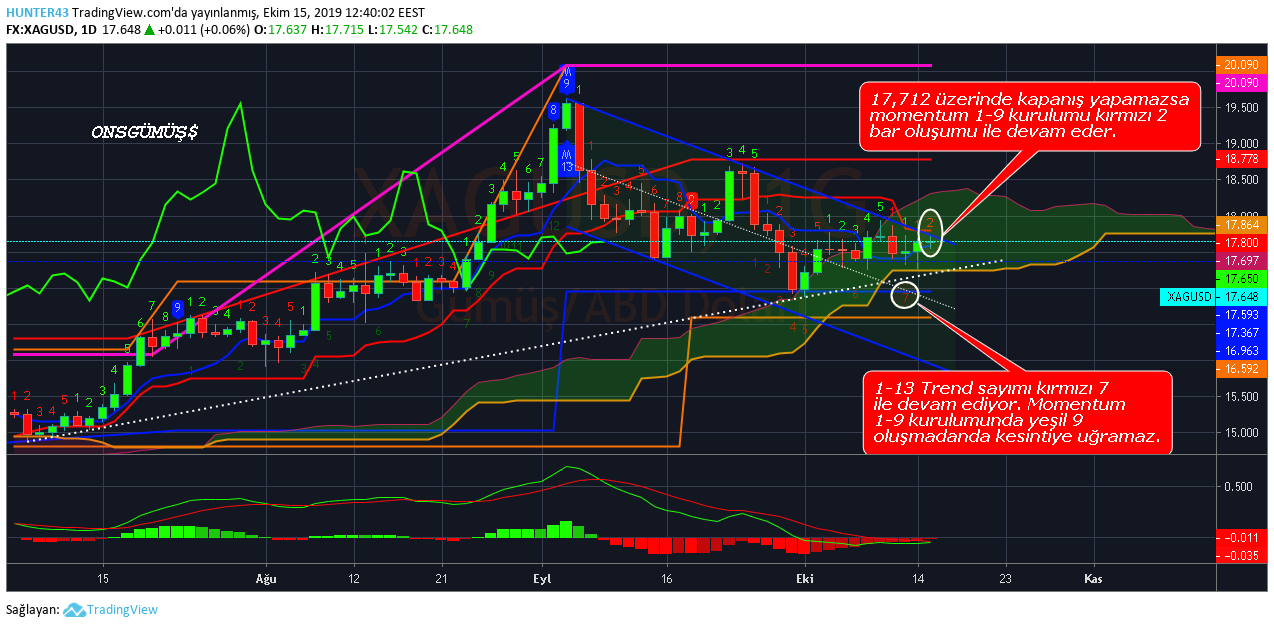
This means that the price action has closed 9 consecutive candles where each has closed higher than the candle 4 periods earlier.

The bearish signal comes at the moment when the Demark Sequential indicator gives you the number 9. It provides signals in intraday and also on daily timeframe. The price increases and on the way up we get the respective TD Sequential numbers: 1, 2, 3, 4, 5, 6, 7, and so on. Once you’re comfortable with the methodology, however, you can use TD Sequential as I do, to fade trends. This indicator looks for the opposite trend in order to anticipate and identify the turning points of the market. After the first counting period finished (1-9) bars the second counting period will begin which is called Countdown bars and these bars continue up to 13 and. TD Sequential also highlights, at the time the signal is generated, points where one should refrain from establishing or adding to an existing position in the direction of the underlying trend. It is also suitable for the market of commodities and options. The TD Sequential Indicator was developed by Tom DeMark for trading on the FOREX market. On completion this generates additional buy/sell signals (blue arrows). After A TD Setup is completed the TD countdown starts which requires 13 occurrences of a pattern that don’t have to be consecutive. A substantial line of research takes this reality into consideration by asking: How do TD sequential bilinguals compare to monolingual peers with and.
Td sequential plus#
The TD Setup requires 9 consecutive bars matching criteria plus a final criterium to generate a buy/sell signal. It counts up to 9 consecutive bars to complete the setup and if the setup is completed with a “perfection buy /sell signal” it draws an arrow over/below the signal candle.


On request I programmed the Thomas Demark indicator TD Sequential -Setup.


 0 kommentar(er)
0 kommentar(er)
